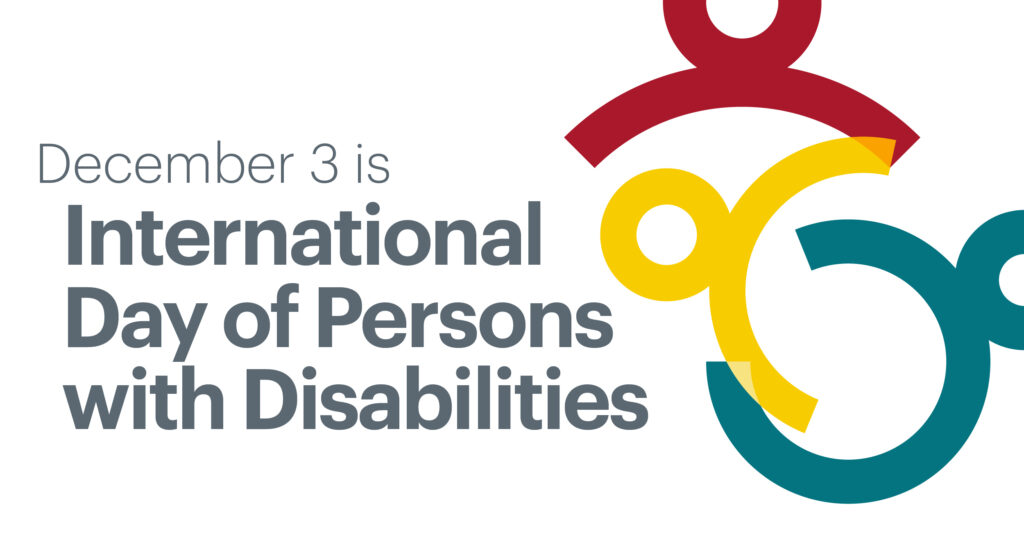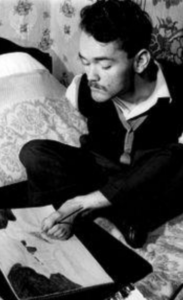
The International Day of Persons with Disabilities (IDPD), established by the United Nations, is celebrated annually on December 3. It serves to not only remind us of the challenges faced by people with disabilities but also to promote inclusivity in all aspects of life and to recognize the contributions of disabled persons to society.
History of IDPD
The roots of IDPD can be traced back to 1981 when the United Nations declared the International Year of Disabled Persons. This marked a significant turning point, as it was the first time the global community collectively focused on addressing the challenges faced by persons with disabilities and promoting their rights.
Building momentum generated during the International Year of Disabled Persons, the United Nations General Assembly officially proclaimed December 3 as the International Day of Disabled Persons in 1992. This proclamation aimed to promote understanding, awareness and acceptance of persons with disabilities. The observance underwent a name change in 2007, becoming the International Day of Persons with Disabilities. This shift reflected a more inclusive language that embraced a broader understanding of disability, emphasizing the personhood of individuals beyond their impairments.
Societal Advances
Throughout the previous four decades, there have been many advances in employment opportunities for people with disabilities. Various initiatives and policies, such as the Americans with Disabilities Act (ADA), have contributed to a more inclusive job market.
Companies are increasingly recognizing the value of a diverse workforce and implementing inclusive hiring practices. Along with this, advances in inclusive education have led to improved accessibility for students with disabilities. Legislation like the Individuals with Disabilities Education Act (IDEA) ensures that students receive the necessary support and accommodations. Technological advancements have also played a role in enhancing accessibility in educational settings. The United States has made strides in enhancing physical and digital accessibility.
Public spaces, transportation and digital platforms are increasingly designed with universal accessibility in mind. Efforts to improve infrastructure, such as accessible public transportation and facilities, contribute to greater mobility for individuals with disabilities.
While significant progress has been made in various areas, there is still work to be done to ensure full inclusion and equal opportunities for people with disabilities in America. Continued efforts in employment, education and accessibility are crucial to building a more inclusive and equitable society for all. Ongoing collaboration between government, private sectors, advocacy groups and the broader community will be key in addressing the challenges that persist.
Spotlight: Christy Brown

Christy Brown, born on June 5, 1932 in Dublin Ireland, was diagnosed with severe cerebral palsy — a condition that left him with limited control over his body. However, his extraordinary story transcends the challenges of his physical disability, showcasing the power of human resilience and creativity.
Christy’s early life was marked by limitations imposed by his condition. Born into a working-class family with 22 siblings, he faced skepticism about his intellectual capabilities. His breakthrough came when, at age five, he demonstrated the ability to control a pencil with his left foot, revealing his potential for artistic expression and communication.
Christy Brown’s autobiography, “My Left Foot,” published in 1954, became a literary sensation. Written entirely by typing with the toes of his left foot, the book provided a candid and poignant account of his life, struggles and triumphs. The work not only showcased his literary talent but also challenged societal perceptions of disability.
In addition to his literary prowess, Christy Brown was a talented painter. Using the same method of toe-painting, he created vibrant and expressive artworks. His paintings gained recognition both in Ireland and internationally, further solidifying his status as a multifaceted artist.
Christy Brown passed away on September 7, 1981, at the age of 49. The Christy Brown Collection, housed in the Little Museum of Dublin, preserves his artistic contributions and serves as a testament to his enduring influence.
Christy Brown’s Legacy
Christy Brown’s life and work had a profound impact on changing societal attitudes toward people with disabilities. His story challenged stereotypes, highlighting the intellectual and artistic potential of individuals with physical disabilities. He became an advocate for disability rights, inspiring others to overcome societal barriers.
Christy Brown’s life serves as a testament to the indomitable human spirit. His triumph over physical limitations, coupled with his literary and artistic accomplishments, has left an enduring legacy that transcends disability. Christy Brown’s story continues to inspire individuals around the world, emphasizing the importance of recognizing and nurturing the unique talents and abilities within every person.


